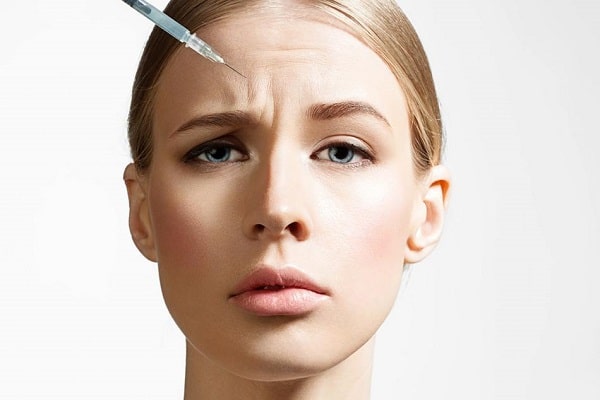SHARE THIS ARTICLE

General Public
Botox Treatment For Migraines: Side Effects & Injection Sites
Mar 27, 2018
What are chronic migraines?
Chronic migraines are a debilitating and painful condition defined as having headaches at a frequency of more than 15 headache days a month over a 3-month period, with the headaches lasting 4 hours a day or longer. Chronic migraine sufferers experience a decrease in productivity because they are often absent more from work, school, and social or leisure activities (as they are usually incapacitated for a lengthy period), significantly impacting their quality of life.
Botox (BTX) injections and migraines
The discovery that Botox (a brand name of botulinum toxin type A) is effective for treating migraines was accidental. Patients who buy Botox treatment for forehead wrinkles started noticing an improvement in their headaches as well. This was explored further in clinical trials which suggested that BTX treatment may be beneficial for sufferers of a particular type of headache, i.e. those afflicted with chronic migraines. Based on these results, as well as findings obtained from 2 large scale phase III clinical trials (PREEMPT 1 and 2), botulinum toxin type A was approved for the prevention of chronic migraines in adults in the European Union and North America. The results of a phase IV clinical study also presented similar conclusions, further strengthening and validating the basis for Botox as a viable treatment option for chronic migraine.
Botox injection sites for headaches
Treatment with Botox for migraines follows a strict injection protocol called the PREEMPT Paradigm. This procedure entails treatment of the patient in a fixed-dose/fixed-site approach with a total of 155 units of Botox divided between 31 sites (5 units per injection, 1 injection per site) located across 7 specific head and neck muscle areas. These areas include the corrugator, 2 sites; procerus, 1 site; frontalis, 4 sites; temporalis, 8 sites; occipitalis, 6 sites; cervical paraspinal, 4 sites; and trapezius, 6 sites. Initial treatment should consist of a trial of 2 treatments, 12 weeks apart, with further treatment every 12 weeks.
Side effects of Botox treatment for migraines
Treatment with Botox for migraines tends to result in few to no side effects. That being said, BTX is a neurotoxin which can occasionally produce unintended effects in the patient. Some of these events may have serious and severe consequences, as such it is important that the patient be aware of the risks associated with treatment. In clinical studies, the most common adverse events reported were neck pain, headache, eyelid drooping, muscular weakness, musculoskeletal stiffness, bronchitis, injection-site pain, hypertension, and muscle spasms. In addition, very rare cases of severe worsening of migraine necessitating hospitalization have occurred, usually within the first week after treatment.
In a recent review of Botox treatment for migraines, it was noted that the adverse events reported were generally mild or moderate in severity and resolved without medical intervention. Overall, the evidence gained from these clinical trials and in real world clinical use suggests that botulinum toxin type A is an effective and well-tolerated treatment for chronic migraine.
*Disclaimer: Information on Maylips.com is provided for informational purposes only. Self-medication is strictly prohibited. All aesthetic procedures should be provided by the licensed healthcare specialist after the consultation with the personal therapist. The information in this article should not be used for prescribing any medication for the beauty injections.
All brand and medication descriptions in the article are based on the personal opinion and are not endorsed by Maylips.com. The article content was not reviewed for medical validity. Use this article for information and not for a final decision on the procedure.

